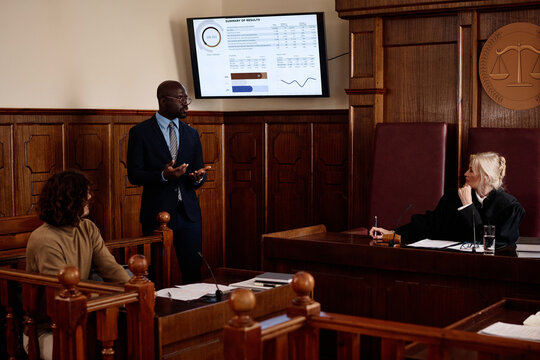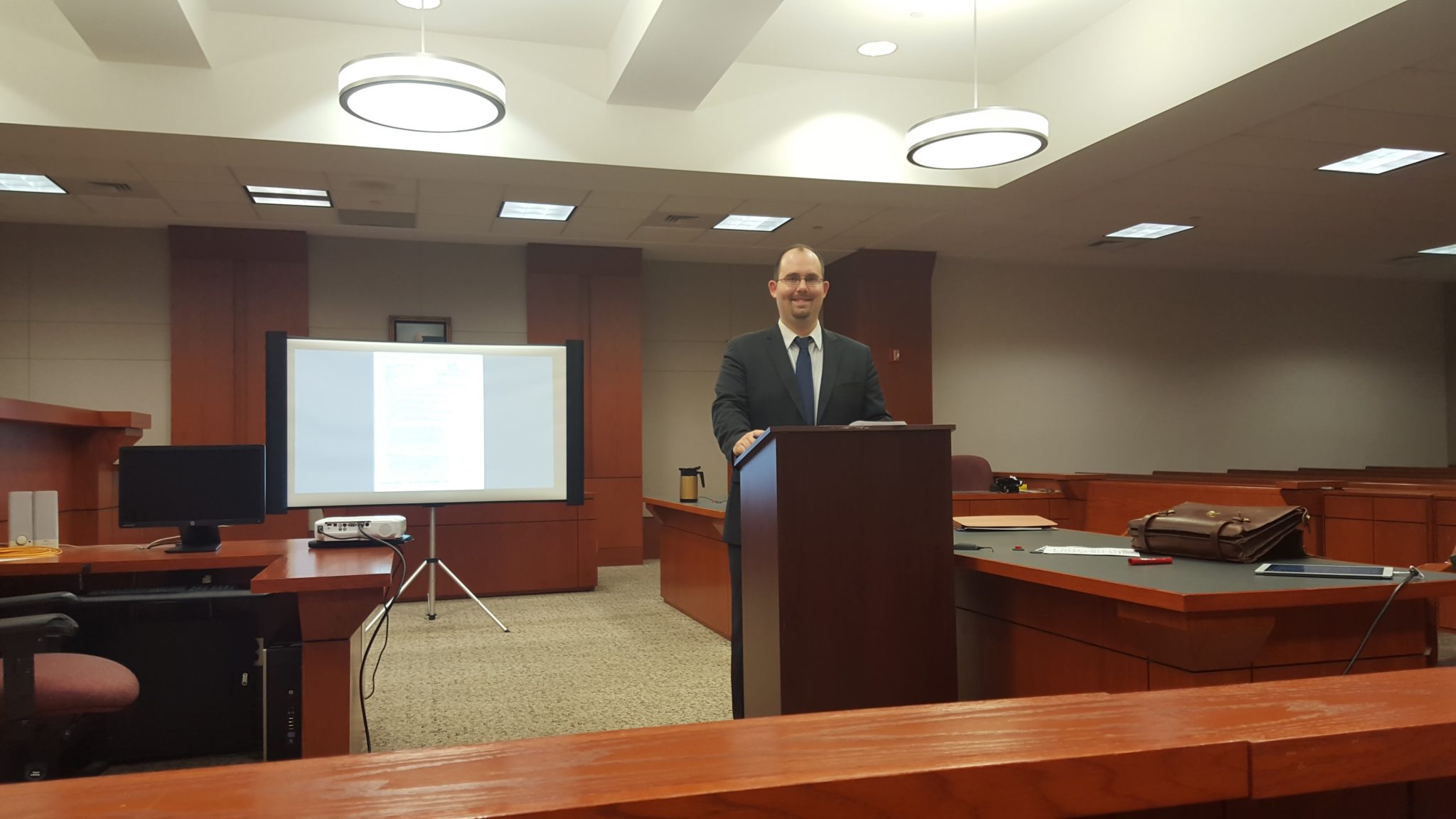Browsing the Complexities of Test Presentations: Tips for Seamless Distribution and Engaging Disagreements
In the world of legal process, the art of trial discussion stands as an important factor of success. The intricacies integral in test discussions call for a fragile balance of approach, ability, and finesse.

Understanding Test Purposes
To effectively browse a test, it is crucial to have a clear understanding of the objectives that need to be achieved. Before entering the courtroom, lawful groups should specify their goals and wanted end results. These goals act as leading concepts throughout the trial, forming techniques and influencing decision-making processes.
Comprehending trial goals entails an extensive evaluation of the case, legal precedents, and the client's benefits. Trial Presentations. It calls for a precise evaluation of the truths, recognizing crucial problems, and preparing for possible challenges. By setting measurable and certain objectives, attorneys can customize their debates and presentations to straighten with the desired outcomes
Additionally, a clear grasp of test purposes allows legal teams to focus on evidence, witnesses, and lawful disagreements properly. It enables for the growth of a meaningful narrative that resonates with the discretionary, strengthening the general instance discussion.

Organizing Proof Efficiently
Having a clear understanding of trial objectives lays the foundation for arranging evidence effectively in legal proceedings - Trial Presentations. By lining up the presentation of evidence with the preferred outcomes of the test, lawful groups can enhance their debates and improve their persuasiveness. One important facet of arranging proof is categorization. Organizing evidence based upon styles or relevance to particular legal components can assist enhance the discussion and make intricate details extra absorbable for the judge or court.
One more secret component in organizing evidence successfully is establishing a rational flow. Presenting evidence in a consecutive and systematic fashion can aid develop an engaging narrative that sustains the legal debates being made. In addition, using aesthetic help such as graphs, graphes, or timelines can additionally improve the company of evidence and aid in making clear complex relationships or sequences of events.
Furthermore, making certain that all proof offered is relevant and permissible to the instance is necessary. Inadmissible or unimportant special info proof can take away from the strength of the debate and potentially damage the integrity of today party. A careful testimonial and choice procedure ought to be undertaken to include only the most lawfully sound and impactful evidence in the test presentation.
Crafting Persuasive Narratives
Crafting compelling stories plays a critical function in presenting convincing debates throughout legal process. When building a narrative for a trial discussion, it is essential to establish a clear storyline that highlights essential factors and attaches them in a meaningful manner. By weaving with each other proof, statement, and legal arguments right into a natural and influential narrative, lawful experts can efficiently promote for their clients and increase the probability of a positive end result in the court room.
Understanding Aesthetic Aids
Efficient use aesthetic aids is key to boosting the effect and clearness of trial discussions. Aesthetic aids, when used purposefully, have the power to simplify intricate details, reinforce bottom lines, and leave a lasting impact on the judge and court. To master aesthetic aids in test presentations, it is important to ensure that they are clear, concise, and pertinent to the disagreements being made.
When incorporating aesthetic aids, such as graphes, photos, charts, or timelines, right into a trial presentation, it is important to keep them aesthetically appealing yet specialist. The visuals need to complement the spoken arguments, offering a graph of the web link info being reviewed without frustrating the target market with unneeded details.
Moreover, exercising with the visual aids ahead of time is crucial to make certain a seamless shipment throughout the test. Familiarizing oneself with the material, shifts, and timings of each visual help can assist keep the circulation of the discussion and prevent technological glitches that might emerge.
Providing Impactful Closing Arguments
A compelling closing debate offers as the conclusion of a test presentation, encapsulating the core story and persuading the court and jury towards a beneficial choice. Begin by outlining the major arguments that support your customer's placement, highlighting why the proof provided throughout the test supports your story.
Additionally, incorporating emotional charm can better reinforce your closing debate. Inevitably, a well-crafted closing argument must leave a long-term impression, engaging the court and jury to rule in your client's support.
Verdict
Finally, grasping trial discussions entails comprehending goals, organizing evidence, crafting stories, using visual aids, and providing impactful closing arguments. By applying these approaches effectively, lawyers can present their case perfectly and make compelling disagreements in the court room. It is crucial to navigate the intricacies of test discussions with precision and skill to attain success in lawful proceedings.
By aligning the discussion of evidence with the desired outcomes of the test, like it legal groups can reinforce their arguments and boost their persuasiveness (Trial Presentations). To grasp visual aids in test presentations, it is important to ensure that they are clear, concise, and pertinent to the disagreements being made
A compelling closing debate serves as the conclusion of a trial presentation, encapsulating the core story and convincing the court and jury in the direction of a positive choice. Begin by detailing the main disagreements that support your customer's placement, emphasizing why the proof presented throughout the trial supports your narrative.In verdict, understanding test discussions entails comprehending purposes, arranging evidence, crafting stories, using visual help, and providing impactful closing disagreements.